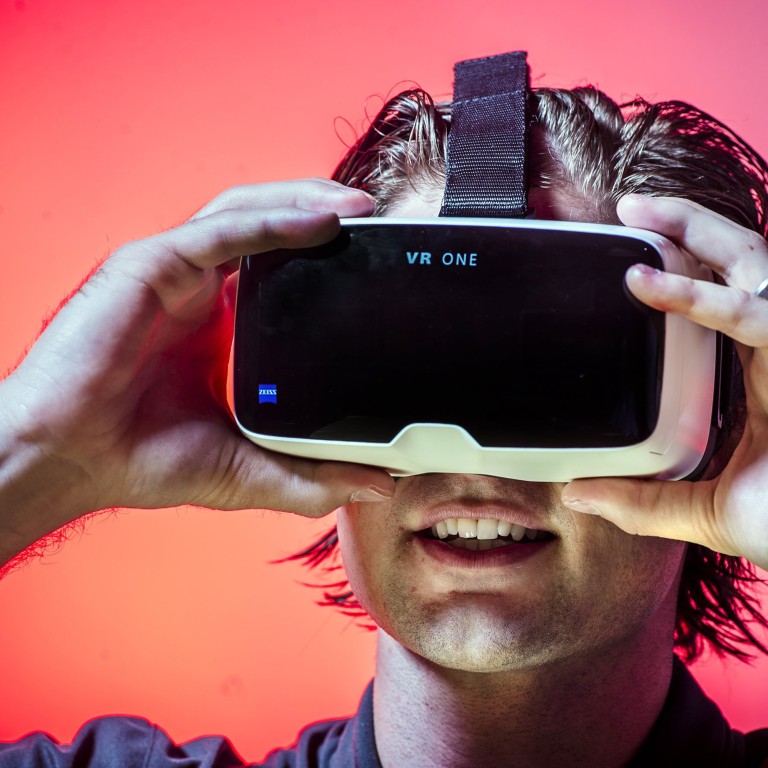
From nanosats and drones to virtual reality gaming: top 5 trends in ‘frontier technology’ industries
•42 per cent of all funded drone start-ups currently focus on software
•76 per cent of virtual reality content now related to gaming
•2,000 nano- and micro- satellites to launch by 2020
Frontier tech start-ups, which focus on drones, space-related technology, augmented reality and virtual reality, raised a combined US$2.17 billion in the first half of 2015, according to a new report. This is more than double the amount raised during the whole of 2014, the report from venture and investment database CB Insights showed. Here are some of the top emerging trends.
More software for drones
Growth of drone-based deliveries
Drones currently have the ability to carry small payloads of up to five pounds, which Amazon claims covers around 86 per cent of all of the packages it ships. Using drones makes sense financially: the cost is less than 10 per cent of traditional ground-based delivery services. As consumer behaviour shifts towards “on-demand” products and services, this trend will accelerate. China’s SF Express delivers between 500 and 1,000 packages a day using drones, and Amazon and Google have run pilot tests in the logistics field.
Rise of augmented reality and virtual reality gaming
Some 76 per cent virtual reality content is now related to gaming. This is estimated to be worth US$225 million, around 3 per cent of the total gaming market. Although its current impact is quite small, large companies like Facebook, with its US$2 billion acquisition of hardware developer Oculus VR, are positioning themselves within the market. Microsoft and Sony have made virtual reality headsets of their own, while Samsung and Google are also designing cheap headsets to work with high-end smartphones.
Commercialisation of cheaper nano-satellites
Nanosatellites have been used to gather imagery of the earth, analyse traffic algorithms, assess the health of crops to aid commodities trading, analyse images to measure the impact of deforestation, and much more. Over 2,000 nano - and micro - satellites are expected to launch from 2014 to 2020.
More internet giants getting involved

